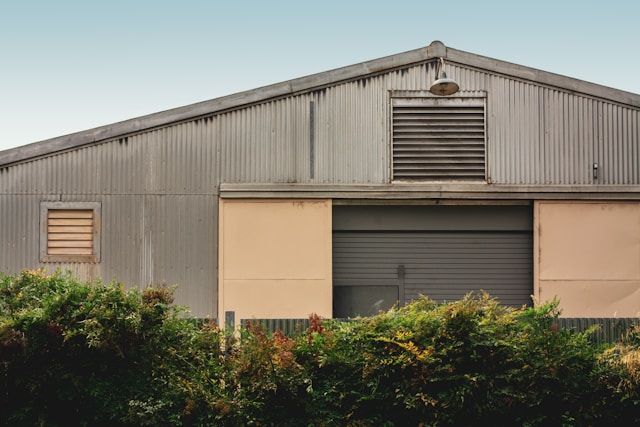In today’s competitive business landscape, every penny counts. One often overlooked area for potential savings is commercial insurance. While it’s a necessary expense, there are ways to mitigate those costs, and choosing the right building material plays a significant role. Steel commercial buildings offer a compelling case for lower insurance premiums thanks to a combination of factors that make them a less risky proposition for insurers.
Reduced Risk, Reduced Premiums
Insurance premiums are fundamentally based on risk assessment. The less likely a structure is to experience damage, the lower the premiums will generally be. Steel buildings inherently possess several qualities that significantly reduce these risks:
● Fire Resistance: Steel is non-combustible. Unlike wood-framed structures, steel won’t contribute fuel to a fire, slowing its spread and minimizing damage. This inherent fire resistance translates to lower insurance premiums as fire is a major concern for insurers.
● Durability and Weather Resistance: Steel buildings are engineered to withstand extreme weather conditions, including high winds, heavy snow loads, and even seismic activity. Their robust construction minimizes the risk of damage from natural disasters, a key factor in insurance calculations. A building that can withstand a hurricane is less likely to result in a costly claim.
● Pest and Decay Resistance: Unlike wood, steel is impervious to termites, rodents, and other pests. It’s also resistant to rot and decay, eliminating a significant source of long-term structural problems that can lead to insurance claims. This inherent resistance lowers the risk of slow, insidious damage that can go unnoticed and ultimately lead to larger problems.
● Lightning Protection: Steel buildings can be easily grounded, offering superior protection against lightning strikes. This reduces the risk of electrical fires and damage to sensitive equipment, another factor that can positively influence insurance costs.
Beyond the Structure
The benefits of steel extend beyond the physical structure itself, influencing insurance costs in other ways:
● Faster Construction Times: Steel building projects often experience shorter construction timelines compared to traditional methods. This translates to less time spent in the construction phase, reducing the period during which the building is most vulnerable and potentially requiring higher insurance premiums.
● Lower Maintenance Costs: The durability and resistance to pests and decay mean steel buildings typically require less maintenance over their lifespan. This translates to fewer potential incidents that could lead to insurance claims, further contributing to lower premiums.
● Increased Property Value: A well-constructed steel building can often command a higher resale value compared to other types of construction. This perceived value can also play a role in securing more favorable insurance rates.
Working with Your Insurer
When considering a steel building, it’s crucial to proactively communicate with your insurance provider. Highlight the inherent advantages of steel construction, emphasizing its fire resistance, durability, and weather resistance. Providing detailed engineering plans and specifications can further demonstrate the building’s structural integrity and help secure the best possible rates.
Steel is Simply a Less Risky Investment
While insurance costs are influenced by various factors, choosing a steel commercial building can significantly impact your premiums. The inherent strength, durability, and resistance to common hazards make steel a less risky investment in the eyes of insurers.
By understanding these advantages and proactively working with your insurance provider, you can steel yourself for significant savings and protect your bottom line. Investing in a steel building isn’t just about constructing a robust structure; it’s about building a more secure financial future for your business.
View the original article and our Inspiration here


Leave a Reply